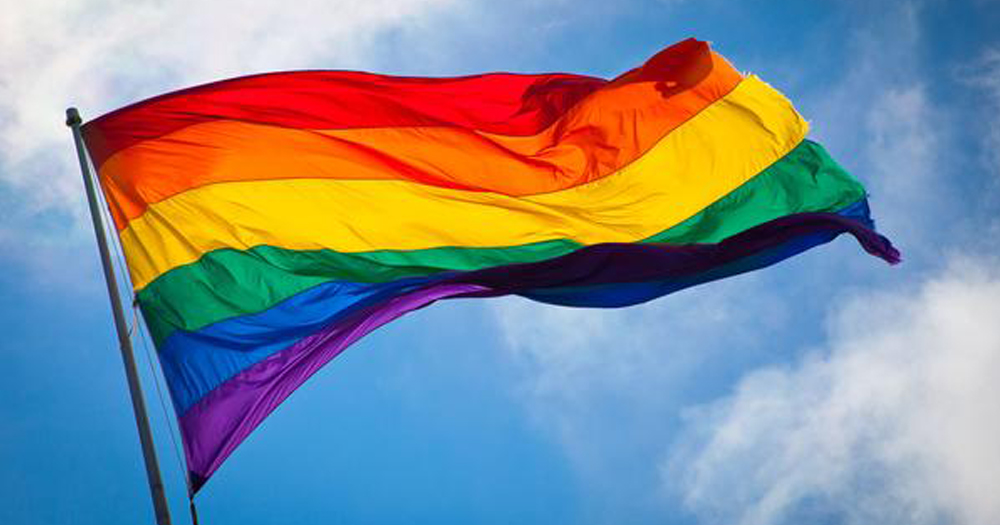Just 25 years ago, identifying yourself as LGBT was considered by the medical community to admitting to having a mental disorder. This was mainly due to the research completed under a number of psychoanalytical studies carried out on homosexuals who were patients in psychiatric hospitals.
This was considered to be valid data, despite studies from the likes of Havelock Ellis, Sigmund Freud and Alfred Kinsey, all contradicting these studies.
Kinsey’s groundbreaking study of sexual behaviour amongst adults found that a significant number had engaged in homosexual behaviour, while 10 percent of men, and 2 to 6 percent of women, had been exclusively homosexual for at least three years. The variation in the female number depended on their marital status.
In 1957, Evelyn Hooker was the first to undertake a study of homosexuals who had not been admitted for psychiatric studies. She asked two independent experts to assess 30 heterosexual males and 30 homosexual males and found that two-thirds of each group were classified as in the highest levels of adjustment, without knowledge of which group the men fell into (they were unable to determine who were the homosexuals).
It was in 1990 when results of a medical study conducted during World War II were conducted that it was found that all homosexuals didn’t all have the same personality traits and shockingly, that most of us were well-adjusted productive humans and were “neither a burden or detriment to society”.
While it had already been removed as a medical disorder in some countries prior to 1990, on May 17, 1990, the World Health Organisation (WHO) approved the International Statistical Classification of Diseases and Related Health Problems, which for the first time no longer listed homosexuality as a diagnosis.
On May 17, 2004, the International Day Against Homophobia ( IDAHOT ) was launched and in 2009, the name was updated to emphasise that this was, in fact, an International Day Against Homophobia and Transphobia.
This day is seen as being a day to celebrate sexual and gender diversities but should not be confused with Pride. While Pride and IDAHOT compliment each other, IDAHOT is a day to show that violence and discrimination against someone with a different sexual identity are not acceptable. It is also a day to bring this message to our schools, workplaces and neighbourhoods.
It gives a chance to those who feel they don’t have a place in Pride to have a voice on both a local and international level, in areas where it is not possible to have a Pride march or to campaign against homophobia and transphobia.
It is now 24 years since the WHO amendment, and 10 years since the launch of IDAHOT, and sadly the incidents of hate crimes against gay people in the US over that time has increased.
Thankfully Ireland doesn’t have the same level of violence, this is acknowledged in a Garda report as being partly down to the fact that we don’t have the same organised groups who actively support attacks against members of the LGBT community.
I’d encourage GCN’s readers to speak up and speak out. This year’s theme is ‘Freedom of Expression’, so send your message in your way and let people know that the LGBT community deserves the freedom and safety to be themselves.
More information on IDAHOT can be found here.
© 2014 GCN (Gay Community News). All rights reserved.
